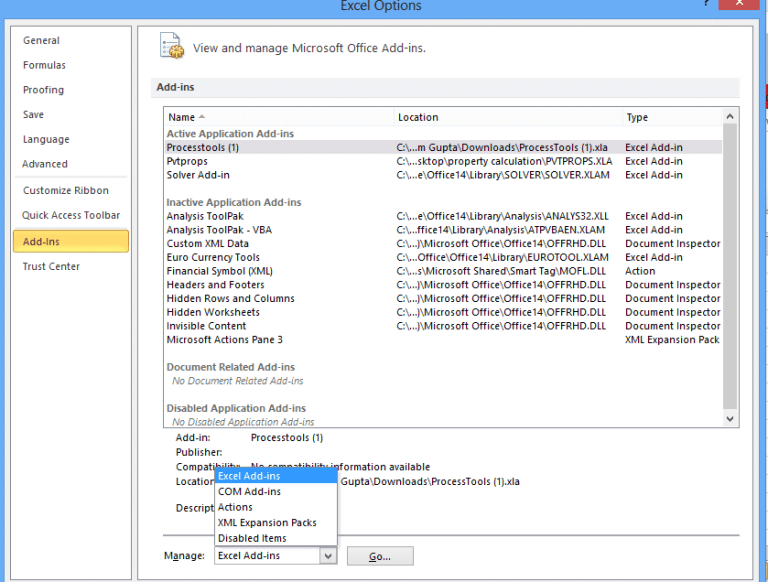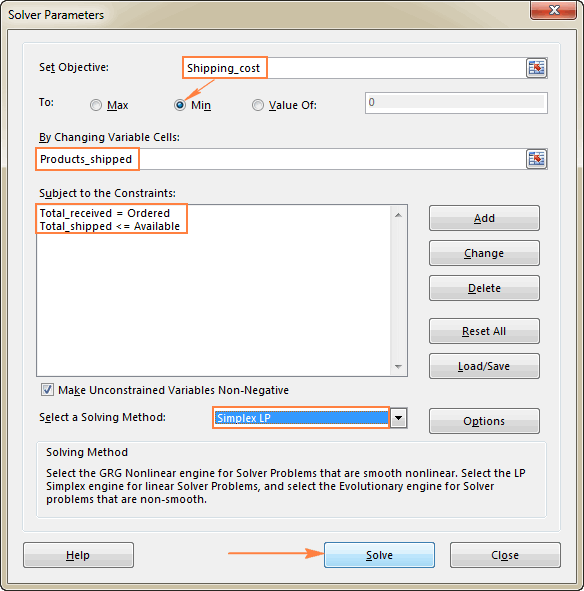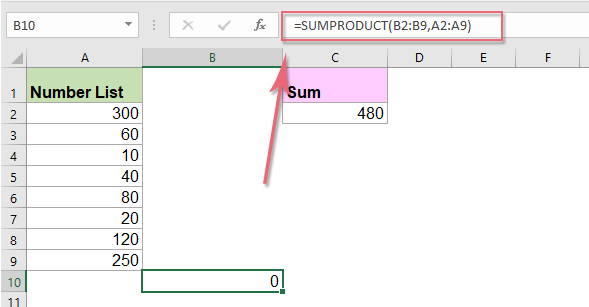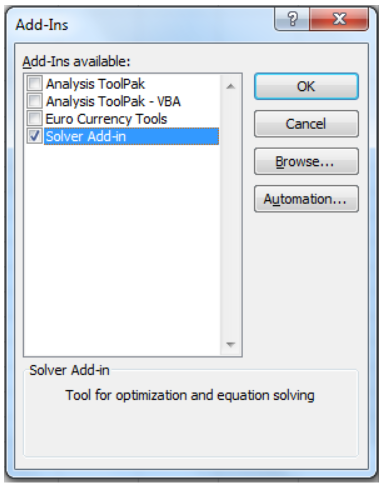

Only matches the right answer by accident. as using handwritten graphing to "solve" the equation. The other part is that using Goal Seek here is just as.
#How to add solver in excel 2019 professional
Only professional Excel people seem to treat it as something to solve real things, rather than something to solve anything and everything.

So if a precise formula exists which requires no real adaptation to your needs.īy the way, if that seems harsh on Goal Seek, part of it is that I have never seen a real question that could use Goal Seek that wasn't a troll where the questioner will preach about it if no answerer does. That's because it simply isn't precise and it's certainly not a two second throwaway thing like typing =54+82 instead of firing up a calculator or doing it in your head is. Goal Seek's only role in life is for things that don't have precise formulas or require math beyond your skill set and you can't find an exact solution which you can adapt, usually for the same reason, skill set-wise.

Yes, using the QF is ALWAYS the way to go.

If the constants you provide for the first three parameters result in an imaginary answer, then the function returns a #NUM! error. If your indicator (the fourth parameter) is not 1 or 2, then the function returns a #VALUE! error. Given three values in cells A1, B1, and C1, here's how you would get the second (negative) result in your worksheet:
#How to add solver in excel 2019 plus
The function requires four parameters: the values for A, B, and C, plus an indicator of whether you want the first (positive) answer or the second (negative) answer. Here is one that you could easily implement:įunction Quadratic(a As Double, b As Double, _ I mentioned earlier that you could build your own user-defined function to derive your solutions to a quadratic equation. If you prefer to work with the Goal Seek tool, however, you may find this web page helpful: My feeling is that if you can use a formula to derive a solution, it seems to me that the whole need for doing the iterative work at which the Goal Seek tool is so adept is removed. I should note that I've also seen people use Excel's Goal Seek tool to solve a quadratic equation, but for my money, the formulas described above work just fine. If you want to adjust your formulas to deal with imaginary numbers, you might find this short discussion helpful: At this point things can get sticky in a hurry, and mere mortals run into the real possibility of their heads exploding. If this is not true, there are still answers, but you start getting into imaginary numbers. These formulas will work for any value where (B1^2)>(4*A1*C1). You can, at this point, change the values in A1, B1, and C1 and end up with the answers you need. Assuming that your values for a, b, and c are in cells A1, B1, and C1, you could use the following formulas: This is easy enough to place into a worksheet. There are always two possible solutions for x, which means that there are two quadratic formulas that derive from the quadratic equation: In the equation, values a, b, and c are constants and you need to solve for x. This is the general form of a quadratic equation: You can, however, use a couple of formulas to solve a quadratic equation, or you can develop your own user-defined function. The short answer is that there is no such worksheet function built into the program. Clyde wonders if there is a function in Excel that solves quadratic equations.


 0 kommentar(er)
0 kommentar(er)
